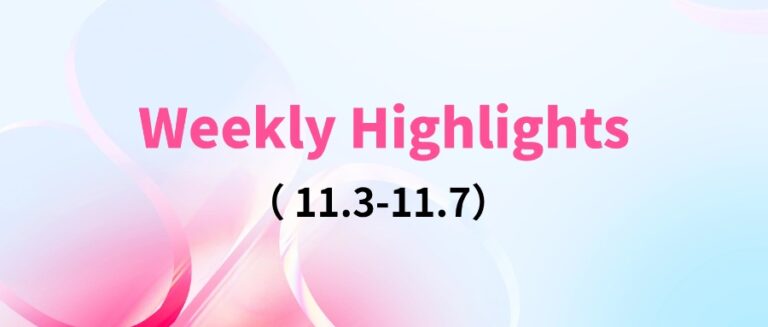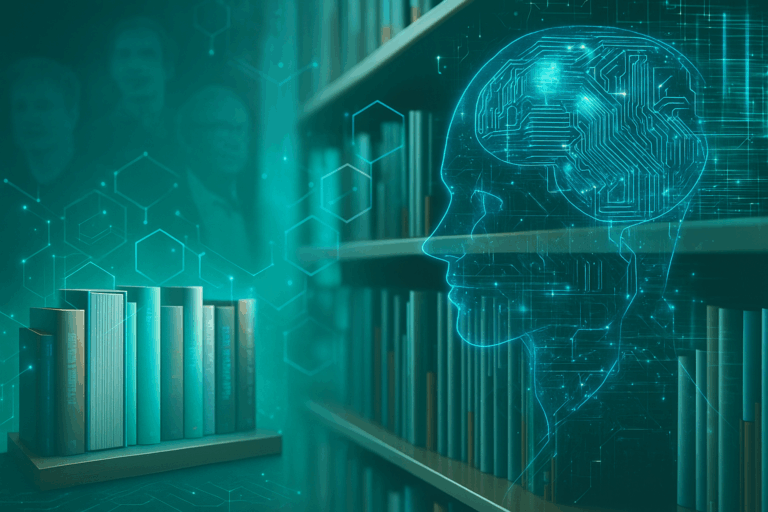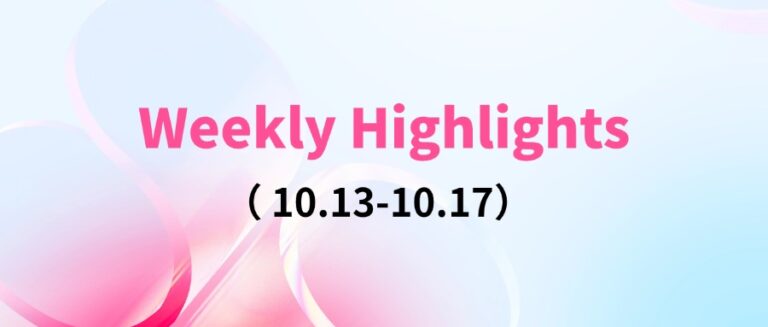Command Palette
Search for a command to run...
Google Installs AI Traffic Lights at Intersections in Israel
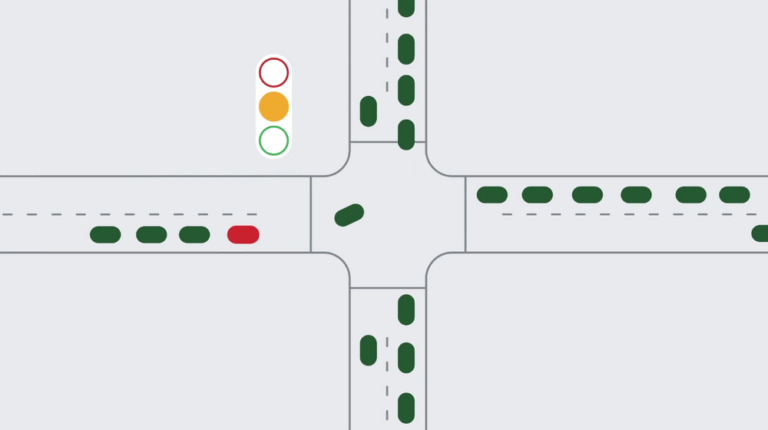
After bidding farewell to the last statutory holiday of 2021, everyone returned to work and the rhythm of commuting to and from get off work.
On the map navigation software of major office areas in Beijing, Shanghai, Guangzhou and Shenzhen, the routes also turn back to yellow, dark red, and even purple during rush hours.
The day before yesterday, Google published a blog post on its official website titled "Giving you more sustainable choices with Google", signed by Google CEO Pichai.

The article mentioned that Google is using a series of products and solutions to reduce its carbon footprint and achieve sustainable development, including:
– When users search for flights, recommend flights with lower carbon emissions;
– Add eco-friendly routes (the most fuel-efficient routes) to Google Maps so that users with different modes of transportation can choose;
– Recommend users to buy more energy-efficient appliances, etc.
Kate Brandt, Chief Sustainability Officer at Google, describes the ongoing pilot study.They believe that inefficient traffic lights will cause cars to idle, emit more exhaust gas, cause excessive consumption, and pollute the city's air.
so,Google and Israel's National Road Group conducted a study on AI traffic lights in Haifa (Israel's third largest city after Jerusalem and Tel Aviv) and Beersheba (Israel's fourth largest city).

Can reduce fuel and congestion of 10-20%
In addition to the smart traffic lights deployed by Google, Israel began working with smart transportation companies as early as 2019 to install smart traffic lights near Tel Aviv Airport.
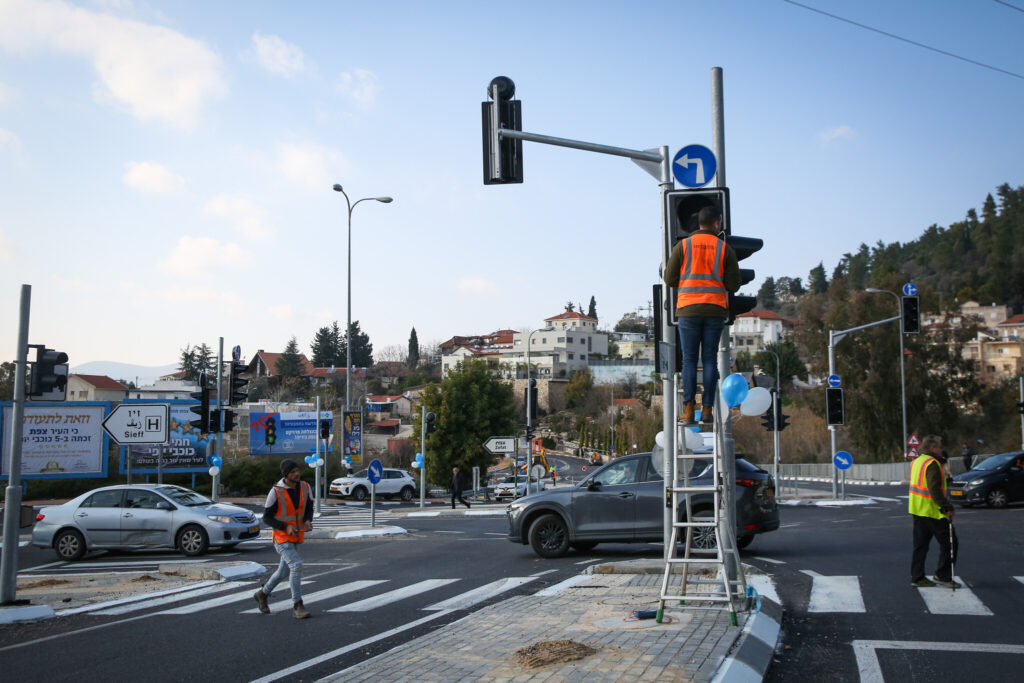
According to their solution, the deployment and debugging of AI traffic lights are divided into the following steps:
Object Detection:
Use cameras at intersections to accurately identify vehicles, non-motor vehicles, and pedestrians. You can also identify and optimize buses and ambulances.
Traffic forecast:
Based on the accumulated traffic data, the traffic conditions at the intersection are predicted, and it is estimated in advance when the traffic flow at the intersection will begin to increase or slow down;
Optimize traffic lights:
By predicting traffic flow and dynamically changing traffic lights, the real-time traffic flow at intersections can be adjusted to relieve congestion in advance and divert congestion in real time.
In addition, it can also monitor potential accident rates and optimize the driving routes of urban emergency transportation such as ambulances and fire trucks.
Related articles and datasets recommended:



